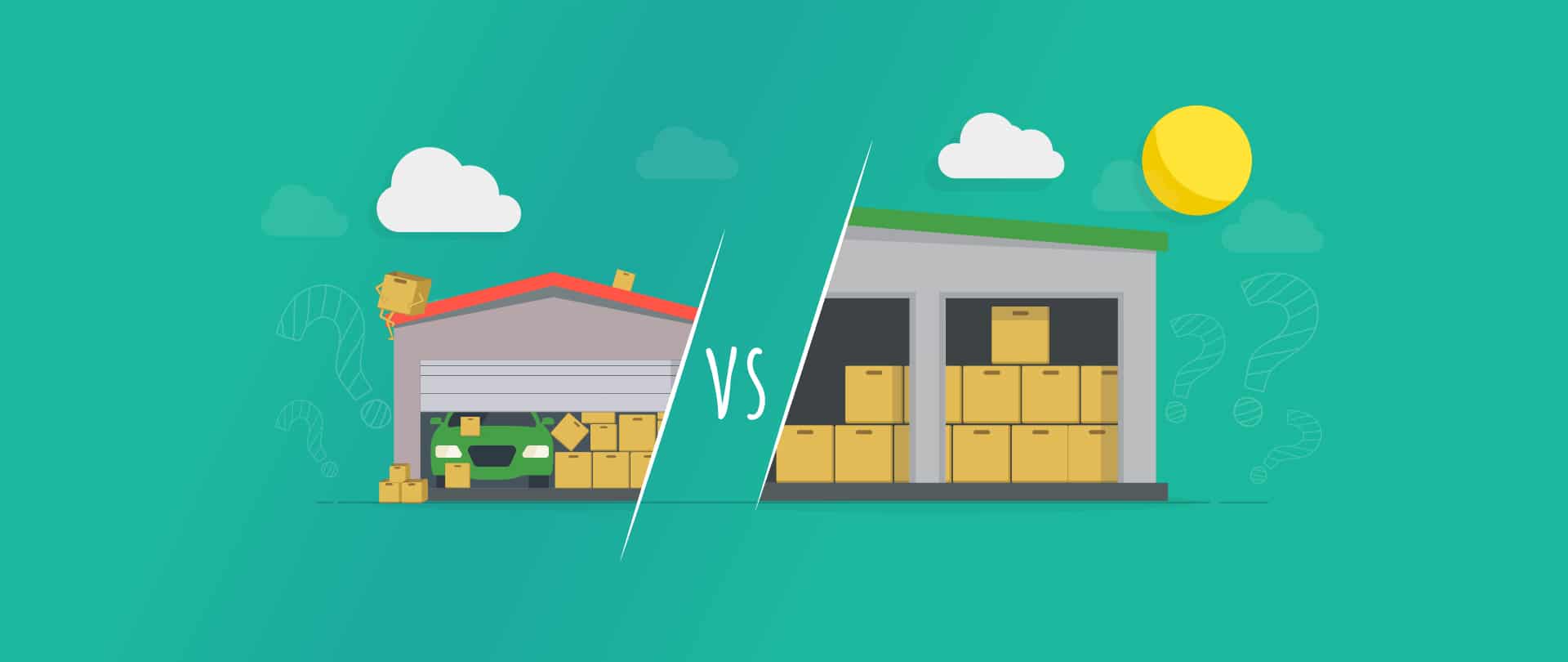
As an online retailer, choosing the right fulfillment strategy is a crucial decision that can significantly impact your business’s efficiency, scalability, and customer satisfaction. When it comes to order fulfillment, you have two primary options: in-house fulfillment, where you handle the entire process internally, or third-party fulfillment, where you partner with external providers specializing in handling fulfillment on your behalf.
In this guide, we will delve into the pros and cons of each fulfillment approach, helping you make an informed decision that aligns with your business goals and resources.
What is third party fulfillment?

Third-party fulfillment, also known as outsourced fulfillment, is a business arrangement where an online retailer partners with an external fulfillment provider to handle the storage, picking, packing, and shipping of their products. Instead of managing the fulfillment process internally, the retailer sends their inventory to a third-party fulfillment center or warehouse, and the provider takes care of all order processing tasks on behalf of the retailer.
Third-party fulfillment providers often offer additional services such as order tracking, real-time inventory updates, and customer support, relieving the retailer of the operational burden of managing the entire process.
By partnering with a reputable provider, online retailers can enhance their order processing efficiency, reduce shipping costs, improve customer satisfaction, and scale their businesses effectively without the need for significant capital investments in warehousing and staff.
What is In-house fulfillment?

In-house fulfillment, also known as self-fulfillment, refers to the practice where an online retailer manages the entire order fulfillment process internally within their own facilities. Instead of outsourcing fulfillment tasks to a third-party provider, the retailer directly handles activities such as inventory storage, order processing, picking, packing, and shipping.
In-house fulfillment gives retailers full control over the entire fulfillment process, allowing them to customize packaging, branding, and customer communications. It can also be suitable for businesses that deal with unique or fragile products, where careful handling and quality control are critical.
In some cases, businesses may opt for a hybrid approach, combining in-house fulfillment for certain products or regions and utilizing third-party fulfillment for others. This allows retailers to strike a balance between control, flexibility, and cost-effectiveness in their fulfillment strategies.
What is the difference between In-House and Third-Party Fulfillment

The main difference between in-house and third-party fulfillment lies in how the order process is managed. Let’s compare the two approaches:
Ownership and Control:
- In-House Fulfillment: In this approach, the online retailer owns and manages the entire fulfillment process internally. They have full control over inventory management, order processing, picking, packing, shipping, and returns. This level of control allows for greater customization and direct oversight of the entire fulfillment operation.
- Third-Party Fulfillment: With these services, the retailer outsources the fulfillment process to an external provider. The retailer sends their inventory to a third-party fulfillment center, and the provider takes care of order processing, picking, packing, and shipping. While the retailer still has control over certain aspects, such as inventory management and product selection, they have less direct control over the actual fulfillment operations.
Resource Requirements:
- In-House Fulfillment: Managing fulfillment in-house requires significant investments in infrastructure, warehouse space, staff, and technology. It may be more suitable for larger businesses with the resources to handle the operational demands.
- Third-Party Fulfillment: Outsourcing fulfillment to a third-party provider can be a cost-effective solution, especially for smaller businesses or those experiencing rapid growth. It allows retailers to avoid substantial upfront costs and focus on core business activities.
Scalability:
- In-House Fulfillment: While in-house fulfillment offers greater control, it may face challenges when it comes to quickly scaling up or down to accommodate fluctuations in order volumes or seasonal peaks.
- Third-Party Fulfillment: It providers are designed to handle fluctuations in order volumes and can easily scale operations to accommodate growing businesses. This makes it a more flexible option for businesses experiencing variable demand.
Expertise:
- In-House Fulfillment: Managing fulfillment in-house requires the retailer to build and maintain expertise in logistics, warehousing, and order processing. This can be challenging, especially for businesses new to e-commerce.
- Third-Party Fulfillment: It providers specialize in fulfillment and have extensive experience and expertise in handling the entire process efficiently. They often offer advanced technology solutions and can provide valuable insights for optimizing fulfillment operations.
Customer Experience:
- In-House Fulfillment: With in-house fulfillment, the retailer has more control over the entire customer experience, including packaging and branding. This level of customization can enhance the overall brand perception.
- Third-Party Fulfillment: While third-party providers offer efficiency and reliability, there may be limitations in customizing packaging and branding to align precisely with the retailer’s unique identity.
Ultimately, the choice between in-house and third-party fulfillment depends on factors such as business size, growth projections, available resources, desired level of control, and scalability requirements. Some retailers may even choose to adopt a hybrid approach, using a combination of in-house and third-party fulfillment to strike the right balance for their specific needs.